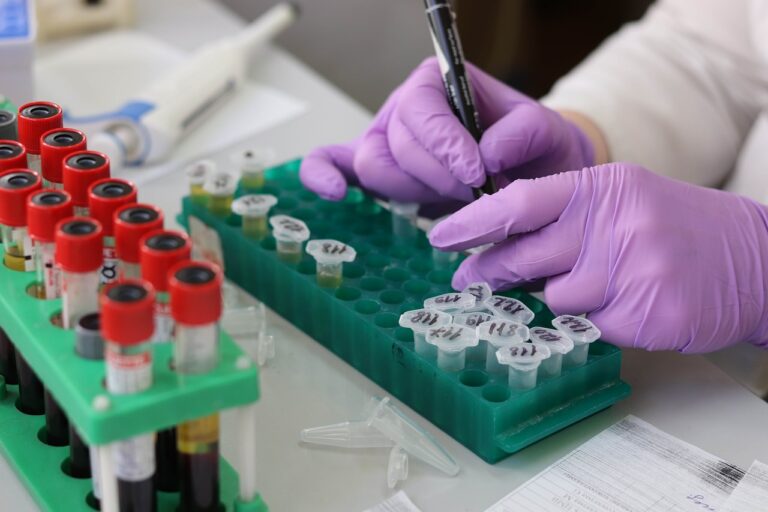The Growing Importance of Remote Patient Monitoring
Remote patient monitoring offers healthcare professionals an innovative approach to patient care by enabling continuous tracking of vital signs and health data in real-time. This remote monitoring system allows for proactive interventions and adjustments to treatment plans based on the timely and accurate information received, ultimately leading to improved health outcomes.
Furthermore, by facilitating remote consultations and reducing the need for in-person visits, remote patient monitoring can enhance accessibility to healthcare services for patients. This can be particularly beneficial for individuals with limited mobility, those living in remote areas, or patients with chronic conditions requiring regular monitoring and follow-up care.
Challenges Faced in Implementing Remote Patient Monitoring
Remote patient monitoring has seen significant growth in recent years, yet healthcare providers continue to face challenges in fully implementing this technology. One major obstacle is the high initial cost of setting up a remote monitoring system, which includes purchasing devices, software, and integrating them with existing electronic health records. This financial investment can be prohibitive for many healthcare facilities, especially smaller practices with limited budgets.
In addition to the cost factor, another challenge in implementing remote patient monitoring is ensuring compliance with data privacy and security regulations. Healthcare providers must navigate strict guidelines to protect patient information and maintain confidentiality. This involves implementing robust cybersecurity measures to safeguard data transmitted from remote monitoring devices and stored in electronic health records. Failure to uphold these standards can result in breaches that compromise patient trust and expose providers to legal ramifications.
What are some benefits of remote patient monitoring?
Remote patient monitoring allows healthcare providers to monitor patients’ health status in real-time, leading to early detection of potential issues, improved patient outcomes, and reduced hospitalizations.
What are some challenges faced in implementing remote patient monitoring?
Some challenges include ensuring data security and privacy, integrating remote monitoring devices with existing healthcare systems, addressing reimbursement issues, and ensuring patient compliance with remote monitoring protocols.





